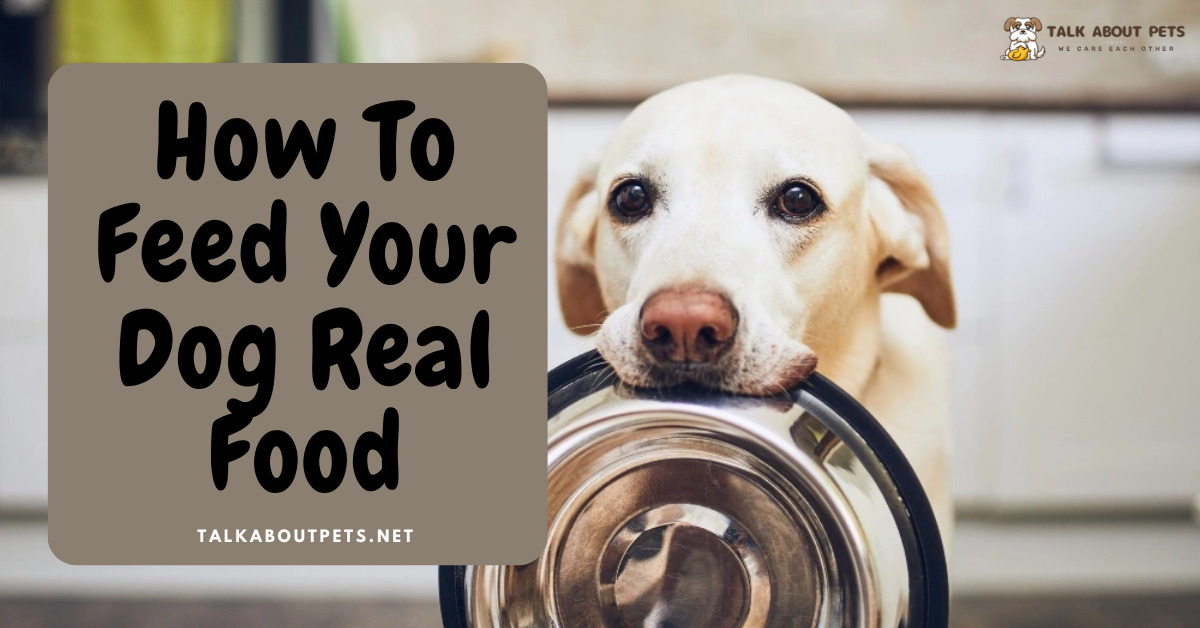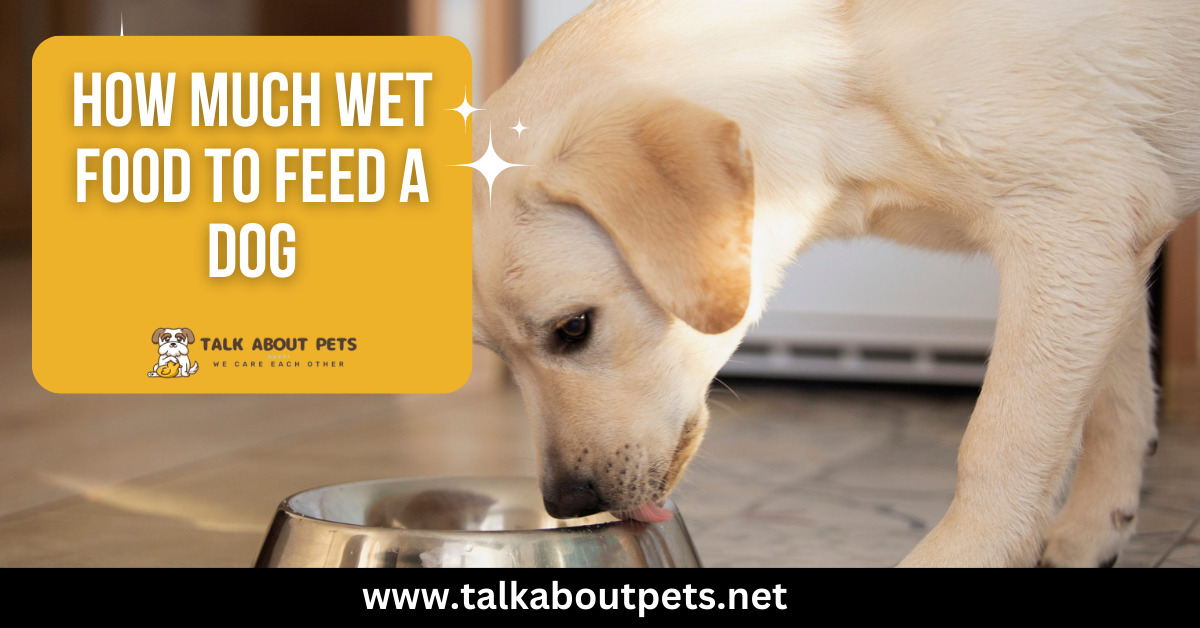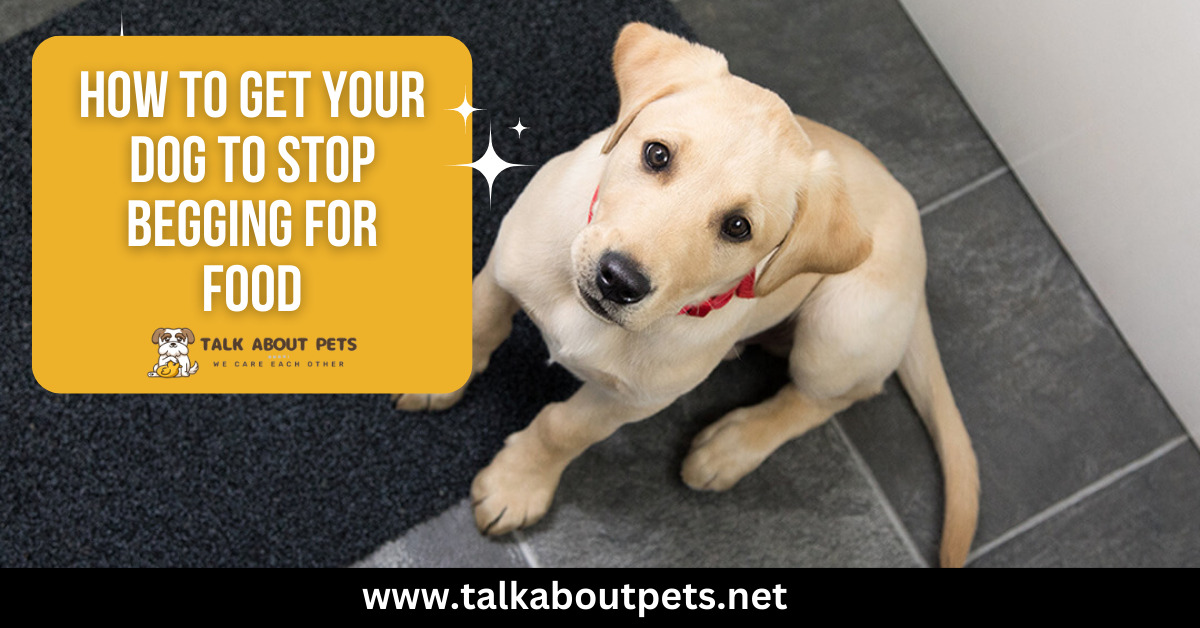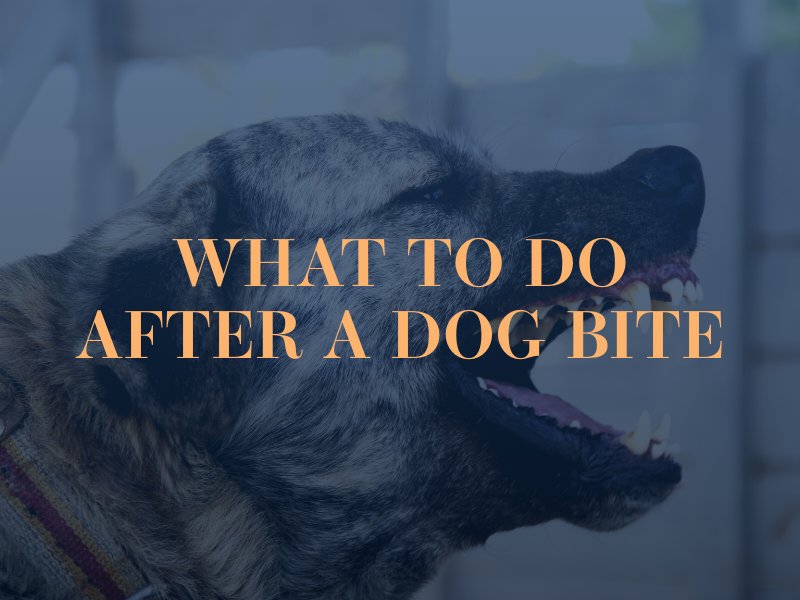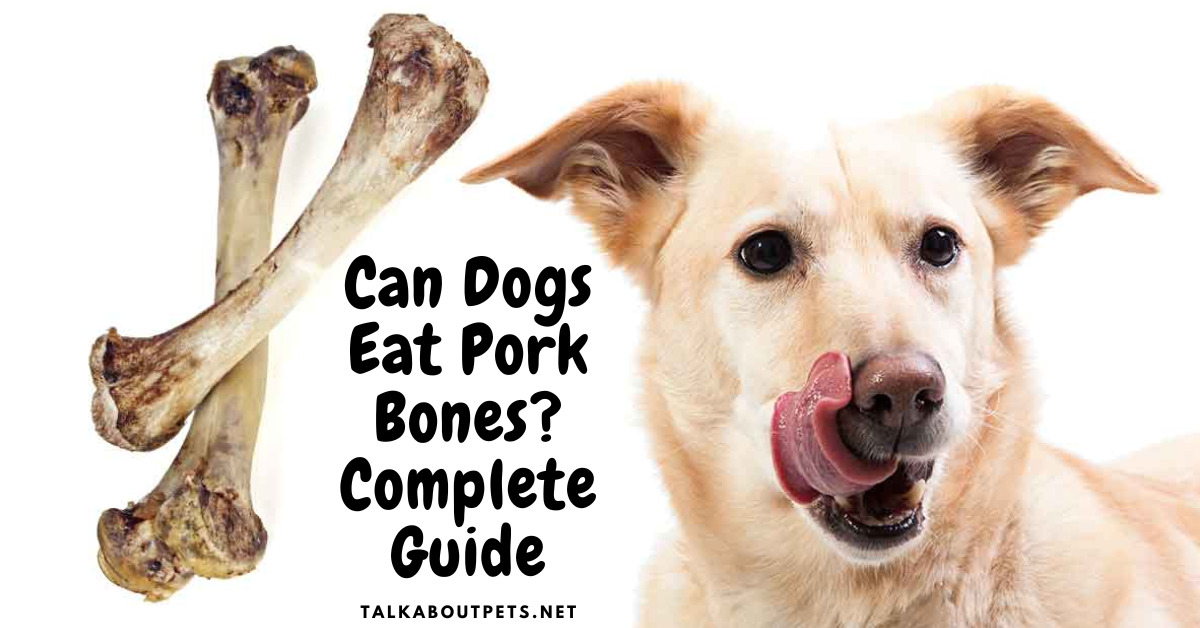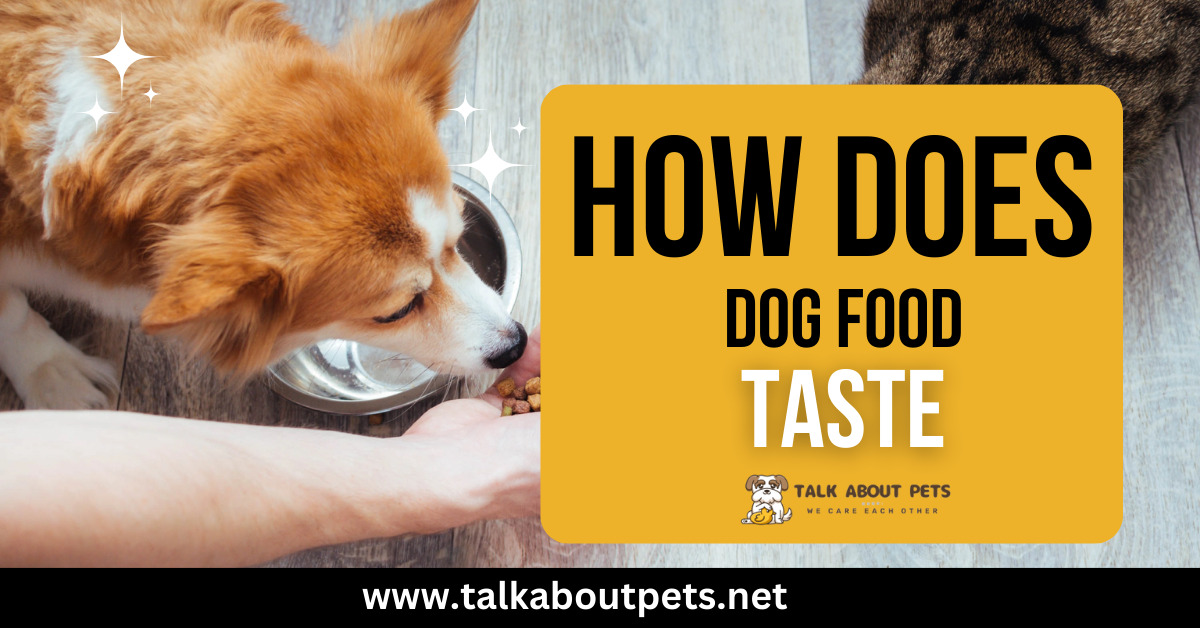Diet is one of the most important parts of pet care. There are many diets available, and they are explained in detail in this article.
Most of them are created to help people get more exercise, be more nutritious, or are special combinations of foods for specific conditions. You can find some recipes online or in a book so your dog can enjoy them!
This does not assume that your dog does not get enough nutrition on its own. It only helps you find a good recipe that works for you and your dog.
Many things are harmful to your dogs such as eating things with high sugar or fat content, excess carbs, and big amounts of dry food. Some experts even state that dry food is the number-one cause of obesity in dogs.
This article will go into detail about some foods that may be good for dogs and how to provide them daily[1].
Avoid processed foods
What you eat has a big impact on how your dog eats. For example, a can of corn chips is made of wheat flour and packaged in, yes, corn oil.
Dogs need to learn how to recognize and prefer real food over processed food. A study conducted on dogs found that ones that ate small amounts of processed food were more likely to develop obesity or overweight.
In the same study, it found that those dogs that consumed small amounts of natural food were less likely to be obese or overweight.
Your dog needs to learn this on his/her own! If you have a dog that tries every day to eat only the most limited amount of food, you may want to start giving him/her real food so that he/she gets enough nutrition from it.
Avoid foods with soy, wheat, and other grains because these foods are common in processed foods. Your dog should also be aware of the season when they need the nutrients in them sshdogsseason.
Avoid sugars
Sugar is not your dog’s diet[2]. A dog’s diet can have added sugars or extra calories. Most humans know that too much sugar can be harmful, but for dogs, it can be even more critical.
For example, dogs are designed to smell food and are eager to eat it. If your dog does not get enough food daily, he may turn to eat sugar-based foods to increase his intake.
Sugar-based diets may also contain other ingredients your dog does not need. For example, one report of dogs with suspected allergies was a narrow focus on fish oil as a part of their care.
This report noted that only one member of the household owned fish. So the rest of the dogs had no access to it in their food.
Increase vegetables
More is better, again! Consuming more vegetables is beneficial for your dog. Many times dogs do not have a lot of access to fresh vegetables. So making your dog a veggie tin or bag is an awesome way to increase their vegetable intake.
There are many ways to provide vegetables in your dog’s diet. You can buy chopped-up potatoes, carrots, and cucumbers in the grocery store. The easiest way to prepare these foods is by mixing them with dry meat or food mix.
Another way to provide plenty of vegetables in their diet is to grow your own. There are many resources online that can help you find plans and materials for growing plants for your dog.
Dogs need variety when it comes to food and exercise. So if the only source of food and exercise you offer, then doing some kind of plant-based cultivation is worth it.
Increase whole grains
Whole wheat and other whole grains are good for your dog. While these foods may not seem like a lot, it is important to ensure your dog is getting enough nutrients.
Dogs need to eat more whole grains than humans. As children, they play with the cereal boxes as scrambled eggs, and dogs love it so much. Adults also enjoy it as it is a good source of fiber and B vitamins.
Many dogs suffer from diet-related chronic diseases such as weight loss, nonfunctioning organs, and inappropriate fat metabolization. Even though this may be rare, if you notice any changes in your dog, she may need special care.
Fortunately, feeding whole wheat products is not that difficult! Most manufacturers list some kind of review on the Web site that gives tips on how to do it correctly.
Include beans/legumes
This is a broad topic, so please do not make any assumptions about what foods are okay or not. You can include many things such as beans, peas, and winter greens.
These are high in nutrients and are easy to store and supply. Many animal species thrive on some kind of beans or peas in their diet.
Some studies show that dogs suffering from diabetes may even use the same plate to show they are eating enough.
Including some legumes and/or peas in their diet, may help with the healing process and management of diabetes.
These types of foods are also easy to measure. Using a metronome is one way to count your dog’s food pieces.
Include animal proteins
Even if your dog does not live outdoors, it is important to include some protein in its diet. This is an important part of a balanced diet.
Dogs are built for eating, so it is good to give them a full range of foods. There are many reasons to include protein in a dog’s diet:
for building muscle, for developing a growth cycle, and most importantly, for developing a more self-sufficient lifestyle.
Building muscle helps maintain weight and health. So this is an important part of giving your dog a healthy life. Determining what foods your dog needs can be helpful in this process.
Some dogs may not get enough nutrition from their normal food, and using special food can help improve health as well.
Having different foods that meet your dog’s needs can help save money on something better than using regular food.
Avoid artificial colors/flavors
Although they may look and taste like prey or treats, most foods are made of artificial ingredients. Some of these ingredients are needed for a recipe to exist. So do not worry about missing them if you do not have them in your dog’s diet.
Most dog foods have at least some artificial color and flavor, and some are quite bold. For example, one study found that half the dogs ate a can of soda as food instead of water!
Your dog does not necessarily need those added flavors and colors. Most people can tell the difference between them and their tastes, but it is still good to know what your pet may be eating.
Determining the type of food your dog eats is important for sharing the right food with others.
Choose organic when possible
When possible, try to stay away from products containing the following ingredients:
sugar, milk, synthetic vitamins and supplements, fat-rich foods, and corn or wheat products.
These are all considered to be non-natural ingredients. While it may be difficult to completely avoid these things in a dog food program, it can be done by being aware of your options.
Most humans would consider wheat as a food item, but dogs do not know how to properly eat it. Luckily, that doesn’t mean dogs can’t enjoy it.
Many dogs suffer from allergies or intolerances to certain foods. Good dog food should meet the needs of the dog without issue.

